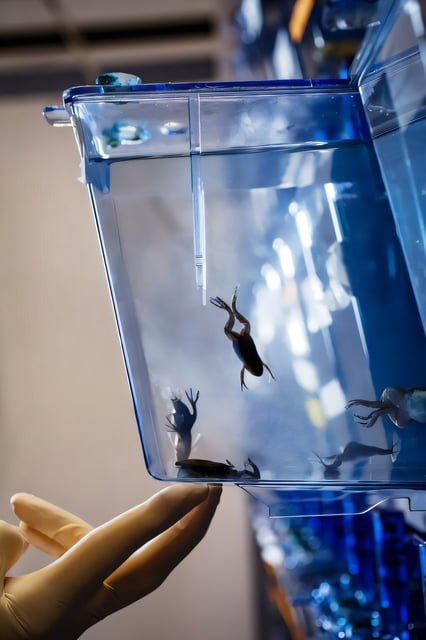Overview
- Researchers have successfully adapted adeno-associated viruses (AAVs) to study the nervous systems of amphibians, particularly frogs, throughout their development.
- The technique enables scientists to trace neural circuits during the metamorphic transition from tadpole to adult frog, revealing changes in connectivity as locomotion shifts from swimming to walking.
- This advancement provides a detailed view of how neural circuits are established and modified, offering insights into the evolution of the nervous system across species, including comparisons to humans.
- The study, published in *Developmental Cell*, was a collaborative effort involving international institutions, resulting in a step-by-step guide for applying AAV tools to different amphibian life stages.
- The findings have implications for understanding human neurobiology, potentially informing treatments for nervous system diseases and injuries by exploring how neural systems adapt and develop.

